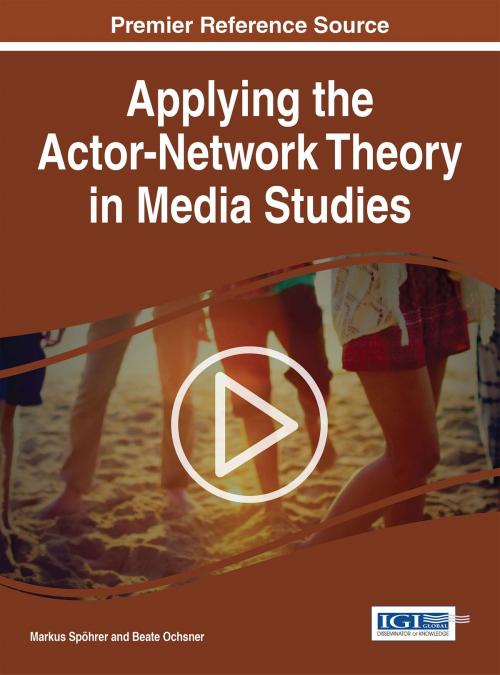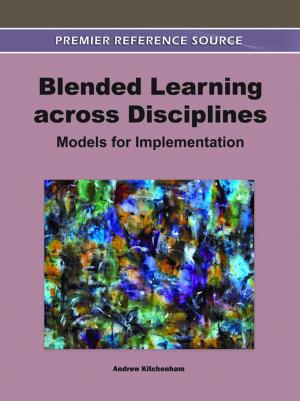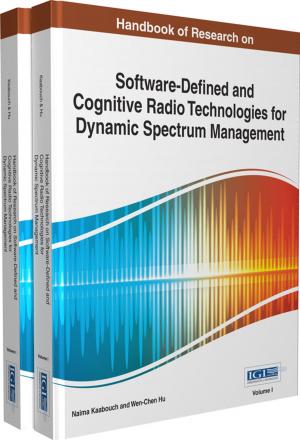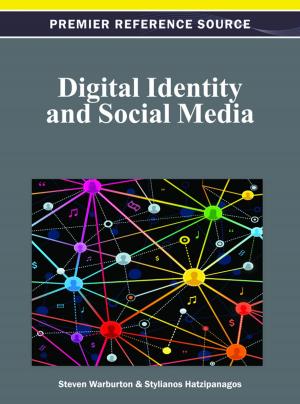Applying the Actor-Network Theory in Media Studies
Nonfiction, Reference & Language, Language Arts, Communication, Social & Cultural Studies, Social Science| Author: | ISBN: | 9781522506188 | |
| Publisher: | IGI Global | Publication: | August 24, 2016 |
| Imprint: | Information Science Reference | Language: | English |
| Author: | |
| ISBN: | 9781522506188 |
| Publisher: | IGI Global |
| Publication: | August 24, 2016 |
| Imprint: | Information Science Reference |
| Language: | English |
Actor-Network Theory (ANT), originally a social theory, seeks to organize objects and non-human entities into social networks. Its most innovative claim approaches these networks outside the anthropocentric view, including both humans and non-human objects as active participants in a social context; because of this, the theory has applications in a myriad of domains, not merely in the social sciences. Applying the Actor-Network Theory in Media Studies applies this novel approach to media studies. This publication responds to the current trends in international media studies by presenting ANT as the new theoretical paradigm through which meaningful discussion and analysis of the media, its production, and its social and cultural effects. Featuring both case studies and theoretical and methodical meditations, this timely publication thoroughly considers the possibilities of these disparate, yet divergent fields. This book is intended for use by researchers, students, sociologists, and media analysts concerned with contemporary media studies.
Actor-Network Theory (ANT), originally a social theory, seeks to organize objects and non-human entities into social networks. Its most innovative claim approaches these networks outside the anthropocentric view, including both humans and non-human objects as active participants in a social context; because of this, the theory has applications in a myriad of domains, not merely in the social sciences. Applying the Actor-Network Theory in Media Studies applies this novel approach to media studies. This publication responds to the current trends in international media studies by presenting ANT as the new theoretical paradigm through which meaningful discussion and analysis of the media, its production, and its social and cultural effects. Featuring both case studies and theoretical and methodical meditations, this timely publication thoroughly considers the possibilities of these disparate, yet divergent fields. This book is intended for use by researchers, students, sociologists, and media analysts concerned with contemporary media studies.















